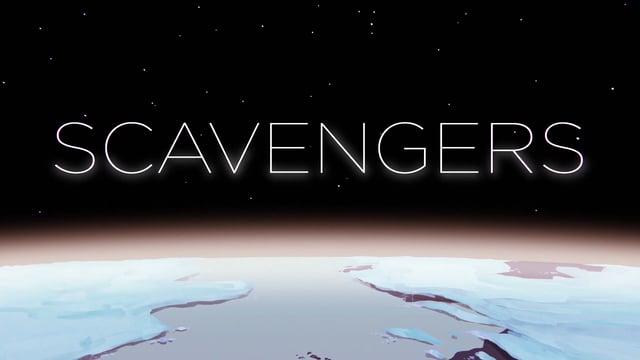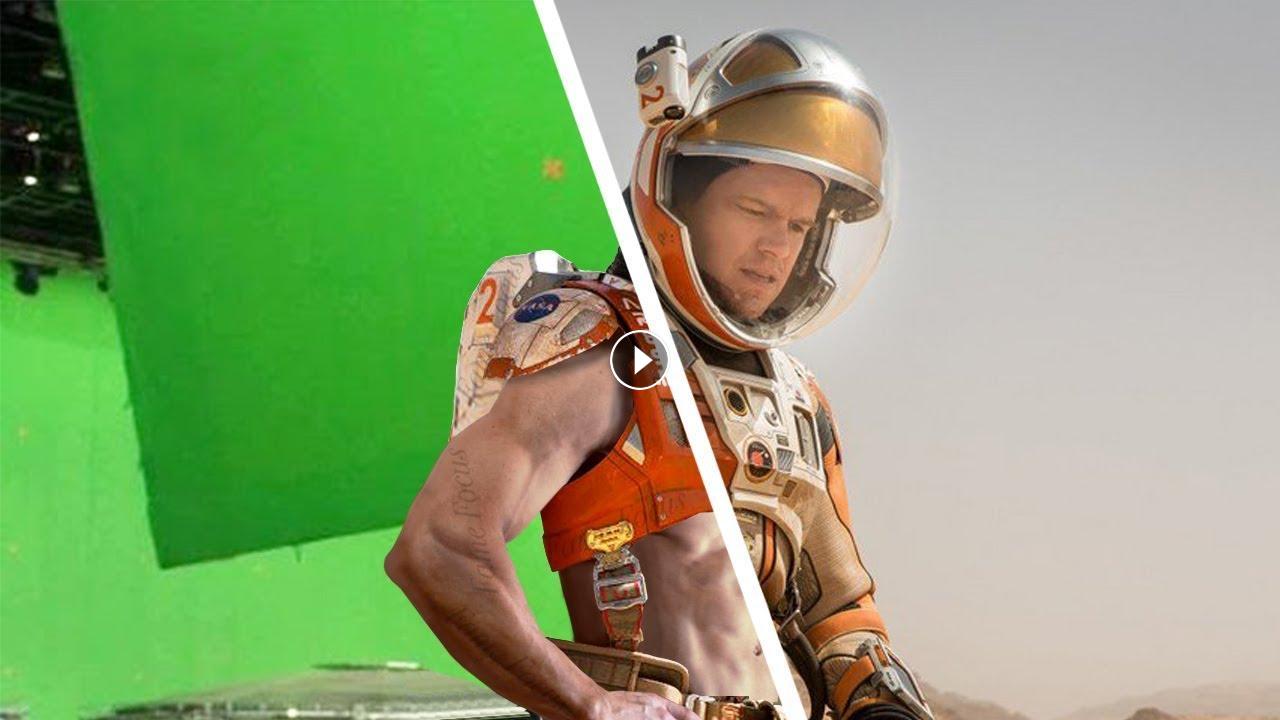The 2015 movie 'The Martian', directed by Ridley Scott and starring Matt Damon gave us a glimpse into what life would be like on Mars. But in order to achieve such incredibly realistic visual, the movie used a ton of visual effects, and not just for the obvious shots, like, you know, the shots of Mars, but for may subtle details you wouldn't have even thought of!
Here's how they made the VFX for the movie: 'The Martian'.
Most of the visual effects provided were thanks to the visual effects companies: Framestore and MPC, MPC being responsible for the shots on the ground on Mars, while Framestore took care of the shots in space.
Now, obviously most of the shots of Matt Damon were done by filming him on a green screen.
But that's only half the job (or in some cases, a very small part of the job) as all the scenes also needed to be enhanced with CGI later on in post production.
But for the Martian, it was a bit more involved than just sticking on a backdrop because on Mars the air is about 96% carbon dioxide so naturally, to look believable, all the astronauts needed to be wearing spacesuits with glass visors.
The only problem is that the glass would have reflected all the lights, set, camera and crew. So in order to overcome this problem, they filmed the actores without any visors, adding them later in digitally, in post production.
For some shots, in order to get the correct lighting and reflections on the visors, they had to create and entire computer generated build of the live action scenes.
However, not all scenes were filmed in front of a green screen as some of the shots in 'The Martian' were shot in Jordan, which does have a very similar looking landscape to Mars and provided a amazing realistic environment.
But unfortunately the sky being blue meant that every shot of the sky needed to be adjusted or even completely replaced. No problem though, as the pros over at MPC invented a custom-made filter that was basically an advanced colour corrector and hue adjuster that they turned into a gizmo in Nuke called 'Earth to Mars' .
This gave them control over how much blue to take out of a shot and how much to colorize it with another color and also meant that they didn't have to tediously rotoscope every single shot.
Read more here: www.famefocus.com
Follow us on Twitter: https://twitter.com/focusfame
Here's how they made the VFX for the movie: 'The Martian'.
Most of the visual effects provided were thanks to the visual effects companies: Framestore and MPC, MPC being responsible for the shots on the ground on Mars, while Framestore took care of the shots in space.
Now, obviously most of the shots of Matt Damon were done by filming him on a green screen.
But that's only half the job (or in some cases, a very small part of the job) as all the scenes also needed to be enhanced with CGI later on in post production.
But for the Martian, it was a bit more involved than just sticking on a backdrop because on Mars the air is about 96% carbon dioxide so naturally, to look believable, all the astronauts needed to be wearing spacesuits with glass visors.
The only problem is that the glass would have reflected all the lights, set, camera and crew. So in order to overcome this problem, they filmed the actores without any visors, adding them later in digitally, in post production.
For some shots, in order to get the correct lighting and reflections on the visors, they had to create and entire computer generated build of the live action scenes.
However, not all scenes were filmed in front of a green screen as some of the shots in 'The Martian' were shot in Jordan, which does have a very similar looking landscape to Mars and provided a amazing realistic environment.
But unfortunately the sky being blue meant that every shot of the sky needed to be adjusted or even completely replaced. No problem though, as the pros over at MPC invented a custom-made filter that was basically an advanced colour corrector and hue adjuster that they turned into a gizmo in Nuke called 'Earth to Mars' .
This gave them control over how much blue to take out of a shot and how much to colorize it with another color and also meant that they didn't have to tediously rotoscope every single shot.
Read more here: www.famefocus.com
Follow us on Twitter: https://twitter.com/focusfame
- Category
- CG Movie - Making Of


